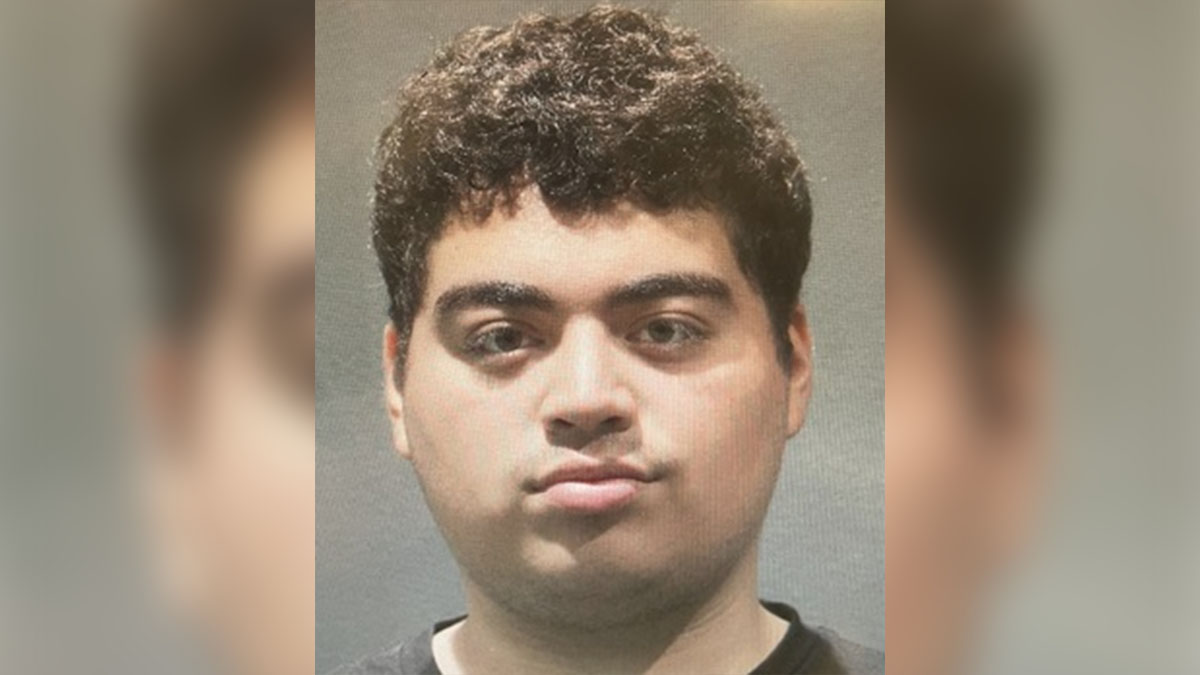On one side of campus: Endangered species. On the other side: Students in labs. Clearly not an ordinary college experience.
It's a unique new program offered through a partnership between George Mason University and the Smithsonian's Conservation Biology Institute. In its first semester, 19 students from GMU and a few other universities are living and learning at the Smithsonian's Front Royal, Va., facility.
In August, GMU opened a miniature campus on the Institute's 3,200-acre grounds. New construction includes a dorm and dining hall and two buildings that used to house red pandas and snow leopards were renovated into classroom and lab space. Students learn from faculty composed of GMU professors and Smithsonian scientists.
"The link between these two programs, actually being on site, opens up a lot of doors for students," said Smithsonian reproductive biologist Budhan Pukazhenthi. "Students connect with scientists who are doing a lot of groundbreaking research."
On Thursday Pukashenthi was teaching a lab on processing and freezing genetic material, a key to preserving endangered species.
Students are thrilled with the program.
"We get to mingle with some of the top scientists in this field every day, so it's a really great opportunity," GMU senior Kendall Bilbrey said.
Local
Washington, D.C., Maryland and Virginia local news, events and information
One day each week students shadow a scientist or Smithsonian staffer at the institute, a sort of built-in internship. Much of their time is spent outside the classroom walls in field work. That's American University senior Jon Williams favorite part.
"It's really been the amount of time outside the classroom getting our hands dirty," he said.
The program will soon expand to 40 students, and its executive director eventually hopes to attract students from around the world.
"We want this to be the place to go to get training in conservation in the world," Alonso Aguirre said. "It's an ambitious goal."



